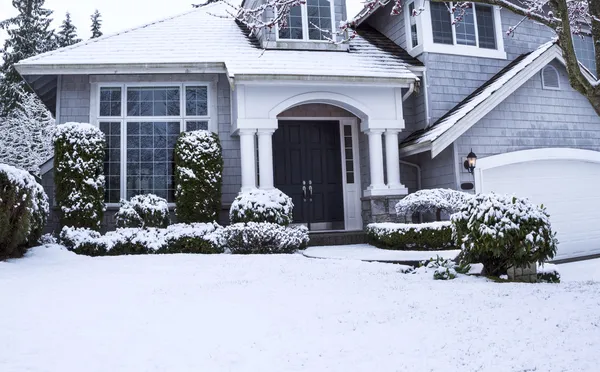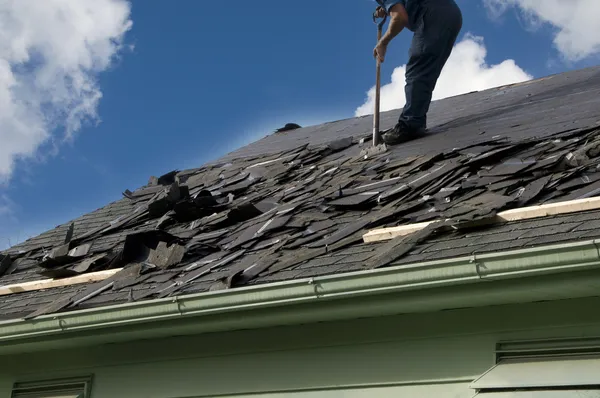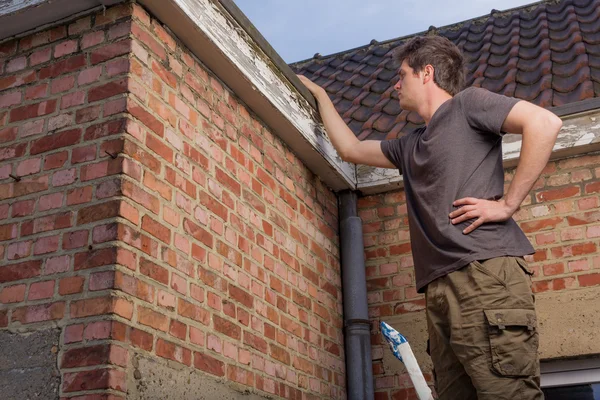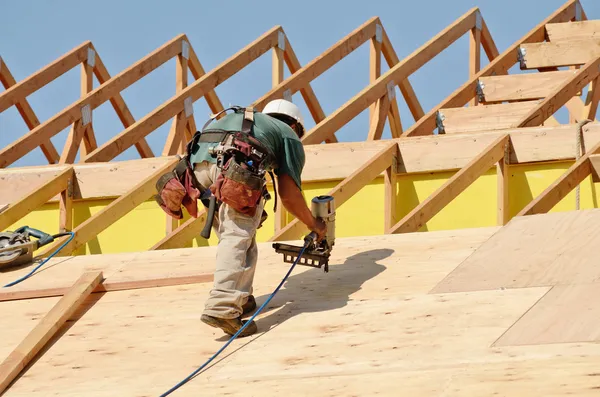If you’ve recently installed a new roof, you may wonder why you need a roof maintenance plan when your roof already has a warranty. After all, aren’t they the same thing? While it’s true that both roof maintenance plans and warranties offer protection for your roof, you should be aware of some key differences between the two.
Warranties vs. Maintenance Plans: What’s the Difference?
A roof warranty is typically offered by the manufacturer or contractor who installed your roof and covers defects in materials and workmanship. Most warranties last for a set period-usually 20 to 25 years-and are sometimes transferable, depending on the company, if you sell your home before the warranty expires.
On the other hand, a roof maintenance plan is a service agreement you can purchase from a qualified roofing contractor. Maintenance plans typically cover an annual inspection of your roof and repair or replacement of damaged components. Some plans also offer discounts on future roofing work.
So, which is right for you? The answer depends on several factors, including the age and condition of your roof and your budget. Warranties are typically only available for newly installed roofs, while maintenance plans can be purchased for new and existing roofs.
If you have an older roof that is starting to show signs of wear and tear, a maintenance plan may be a better option since it will provide ongoing care and protection. However, you may not need a separate maintenance plan if you have a newer roof that is still under warranty.
Of course, budget is always a factor to consider when deciding about your home. Maintenance plans typically cost between $100 and $300 per year, while warranties vary depending on the length of coverage.
A warranty may be the way to go if you’re trying to save money in the short term. But if you’re looking for long-term peace of mind, a maintenance plan may be worth the investment.
Why is a Roof Maintenance Plan Important Even If You Have a Warranty?
Many people don’t realize that a roof maintenance plan is still essential, even if you have a warranty. Here’s why:
- Warranties only cover certain types of damage: Most warranties only cover manufacturer’s defects and installation errors. They typically don’t cover wear and tear, the most common type of damage that roofs experience. A roof maintenance plan can help fill in the gaps and ensure your roof is fully protected.
- Warranties have expiration dates: All warranties have expiration dates, meaning you will no longer be covered at some point. A roof maintenance plan can help extend the life of your roof and prevent the need for expensive repairs down the road.
- Warranties may not be transferable: If you sell your home, the warranty may not be transferable to the new owner, as some companies do not allow it. This could leave them with an uncovered repair bill should something go wrong. A roof maintenance plan can provide coverage for as long as you own the home.
- Warranties may not cover the total cost of repairs or replacement: Even if your warranty does cover repairs or replacement, likely, you’ll still have to pay a deductible. A roof maintenance plan can help reduce or eliminate your out-of-pocket costs.
Are Roof Maintenance Plans Worth It?
Yes-especially if your roof is more than ten years old. That’s because older roofs are more likely to develop problems, and small problems can quickly turn into big (and expensive) ones if they’re not addressed promptly. A good roof maintenance plan will help ensure your roof stays in good condition for many years.
If you’re unsure whether or not to get a roof maintenance plan, we recommend you consult with a qualified contractor like us at Trojan Roofing. We will be able to inspect your roof and advise you on the best course of action based on its condition and age.
The Importance of a Roof Maintenance Plan
The roof is one of the most critical components of your home, so it’s essential to do everything you can to keep it in good condition. A roof maintenance plan is a great way to do that. Here are some of the benefits of having a roof maintenance plan:
- Regular Inspections: One of the main benefits of a roof maintenance plan is that it includes regular inspections. Any problems with your roof will be caught early before they can become more extensive and expensive problems.
- Preventative Maintenance: Another benefit of a roof maintenance plan is that it will help prevent minor problems from turning into big ones. For example, if your contractor spots a small leak during an inspection, they’ll be able to fix it before it has a chance to cause extensive damage to your home.
- Peace of Mind: Perhaps the best benefit is the peace of mind that comes with knowing your roof is regularly inspected and maintained by professionals. This can help you sleep better at night and enjoy your home worry-free.
Overall, a roof maintenance plan can be well worth the investment. It can help extend the life of your roof, prevent costly damage, and give you peace of mind. If you’re unsure whether to get a roof maintenance plan, we recommend consulting a qualified contractor like us at Trojan Roofing for our expert advice.
Trojan Roofing: Top Roofing Services Provider in Indianapolis
We offer comprehensive roof maintenance plans for both commercial and residential properties at Trojan Roofing. Our experienced contractors will thoroughly inspect your roof and recommend any necessary repairs or preventative maintenance to keep it in top shape. Contact us today to learn more about our roof maintenance plan options.







